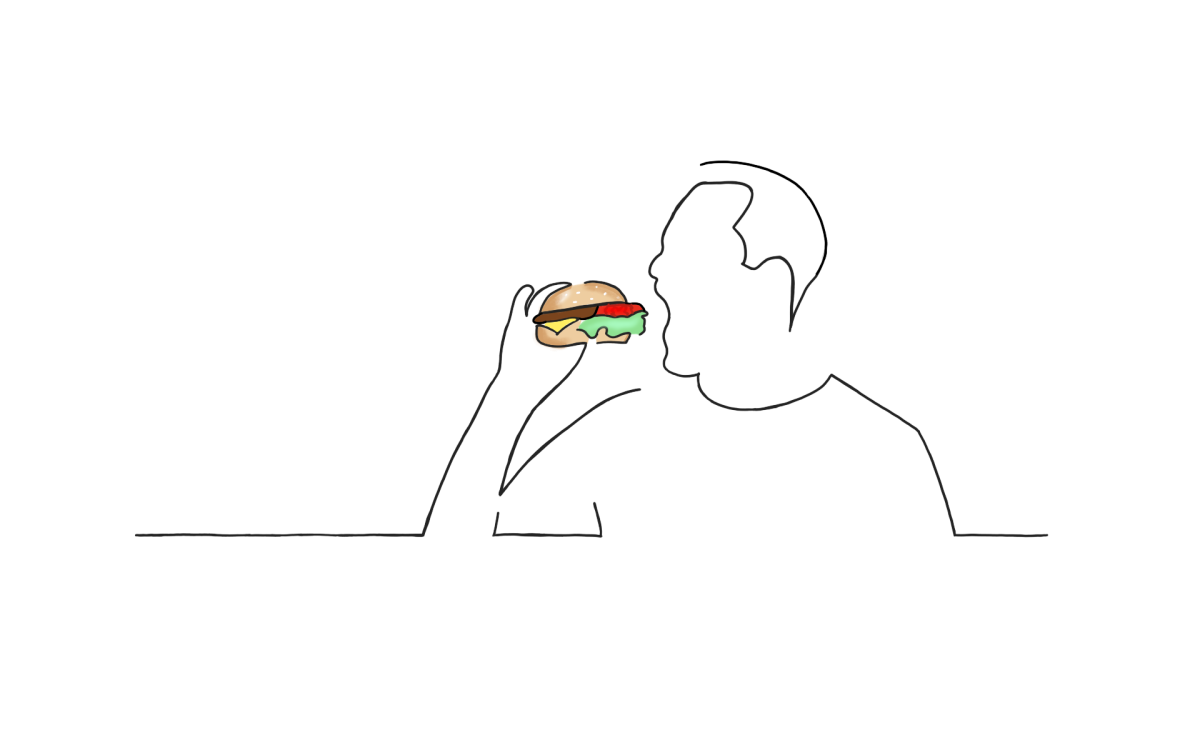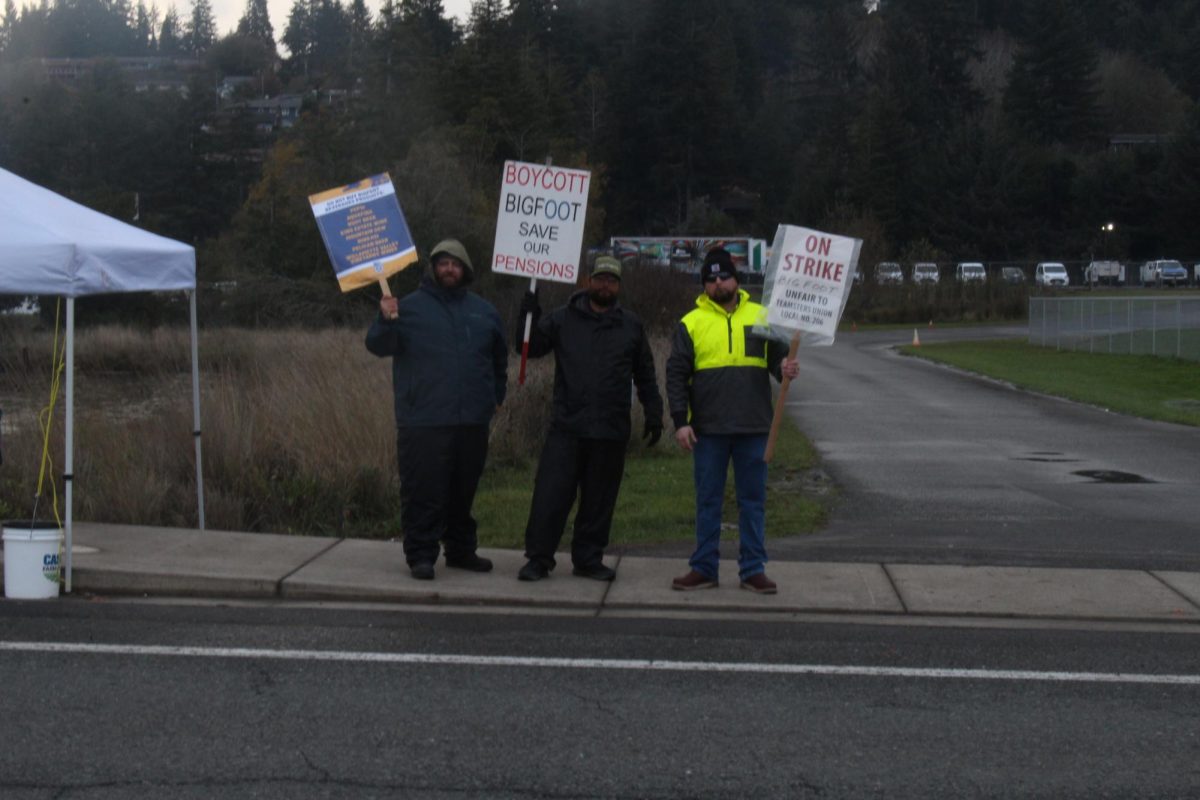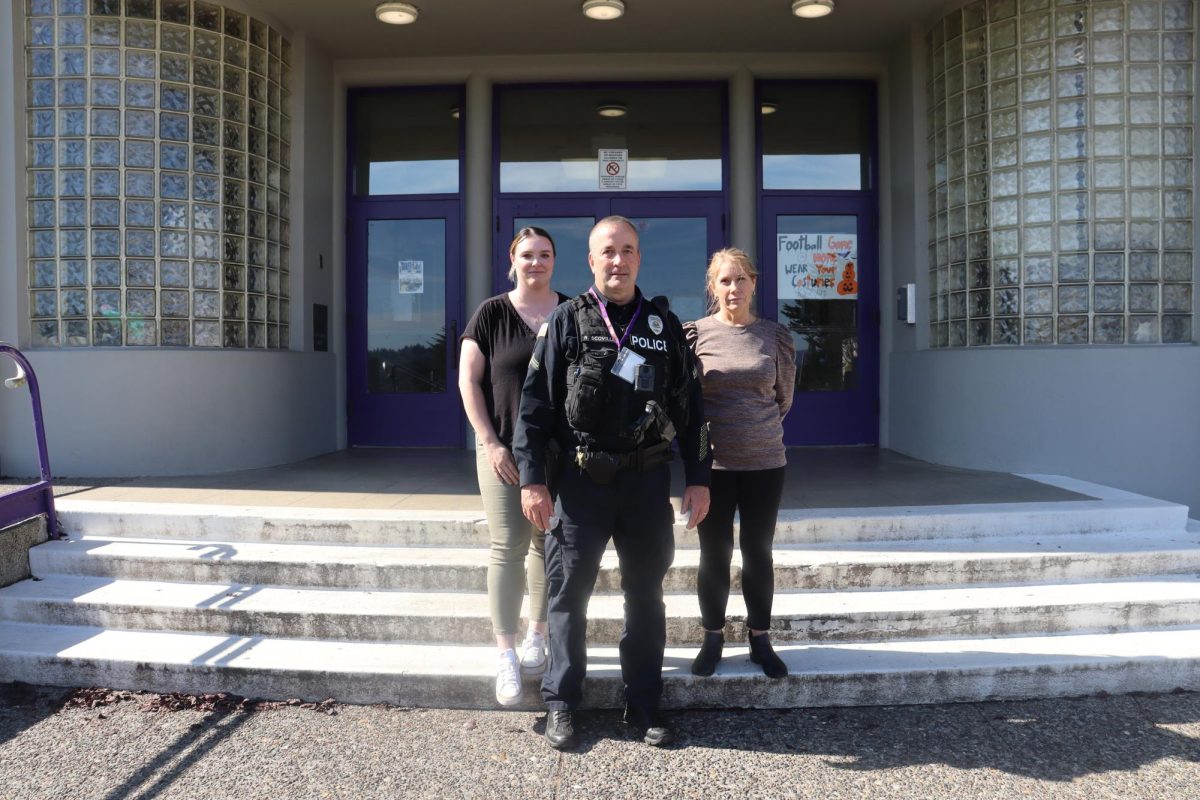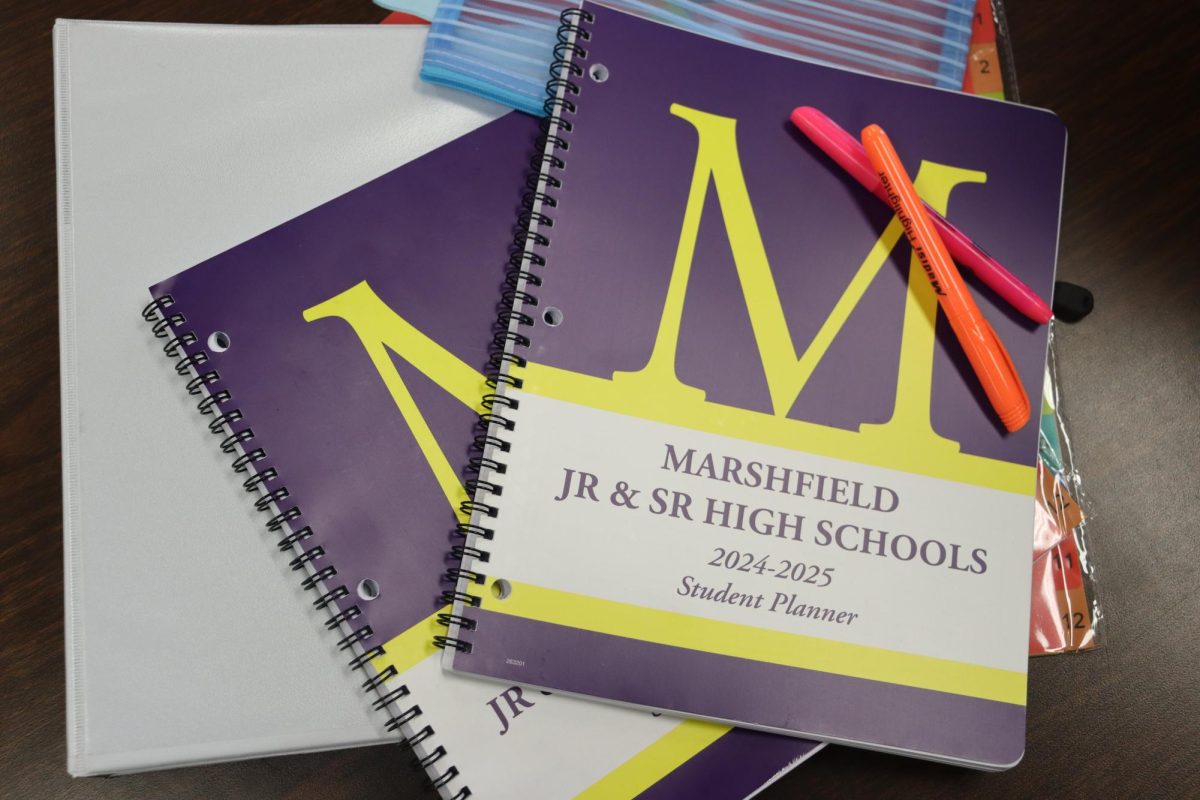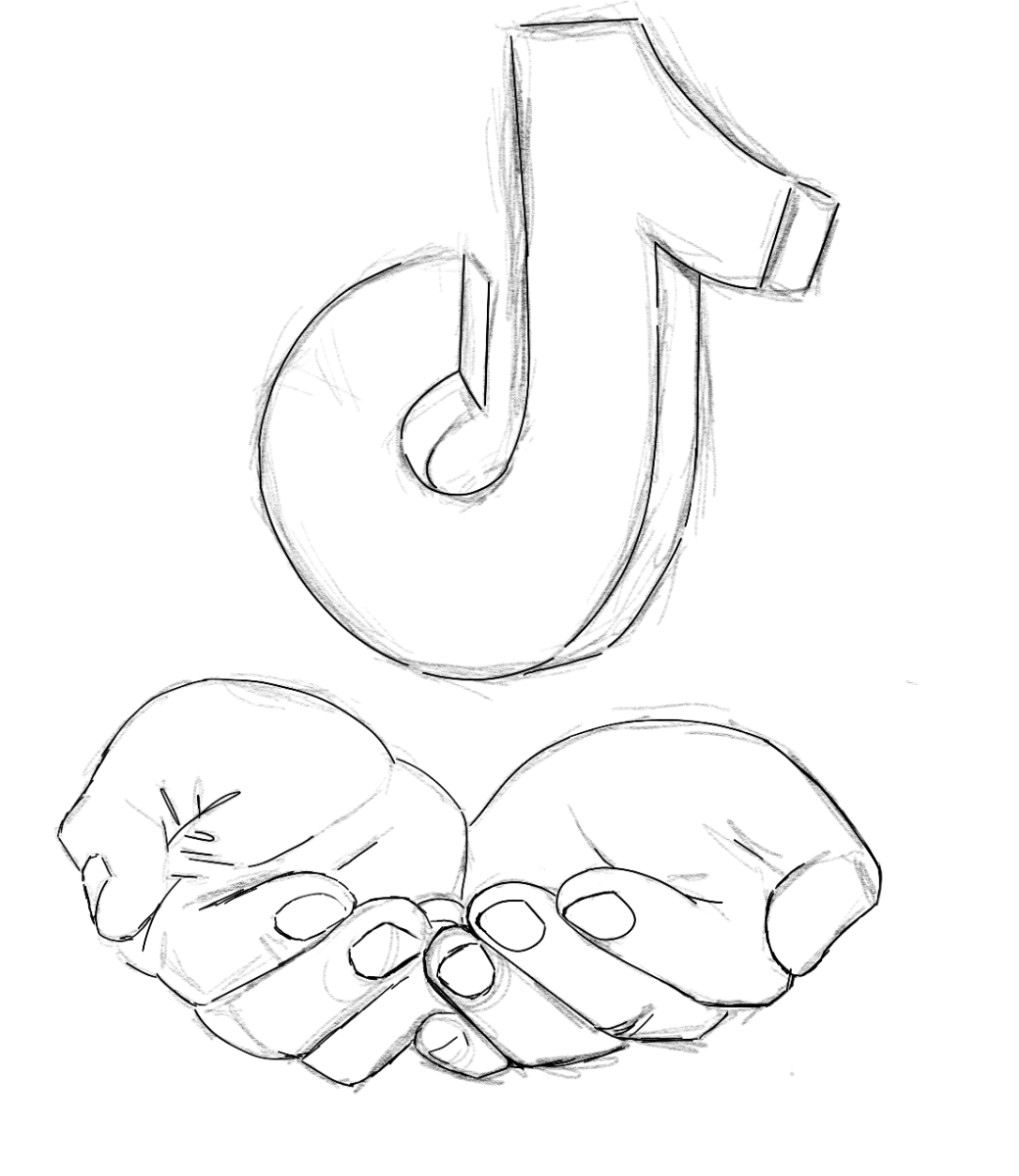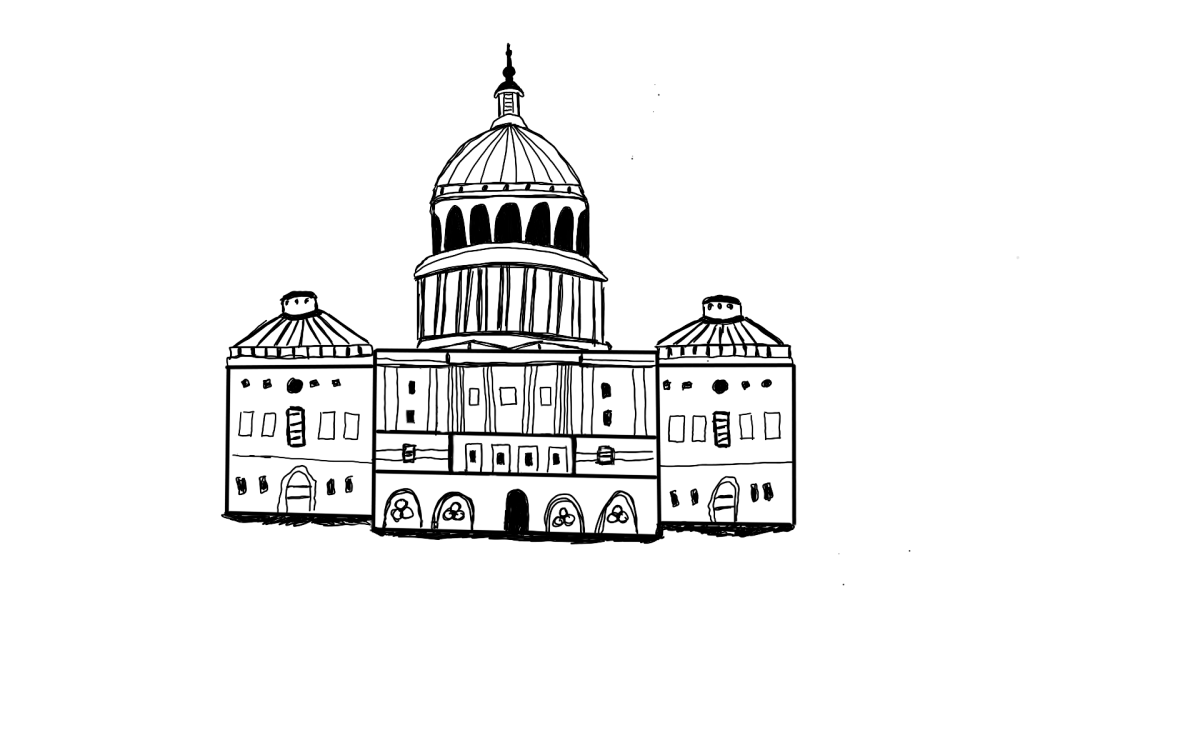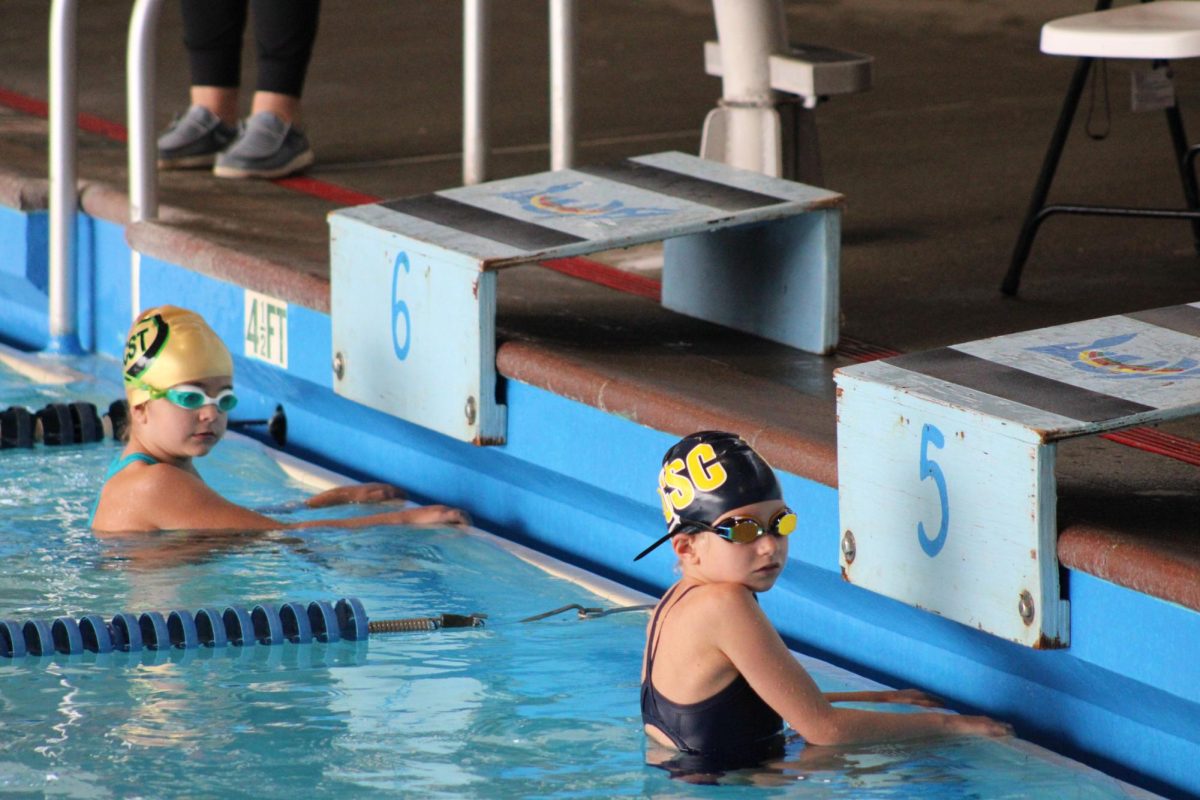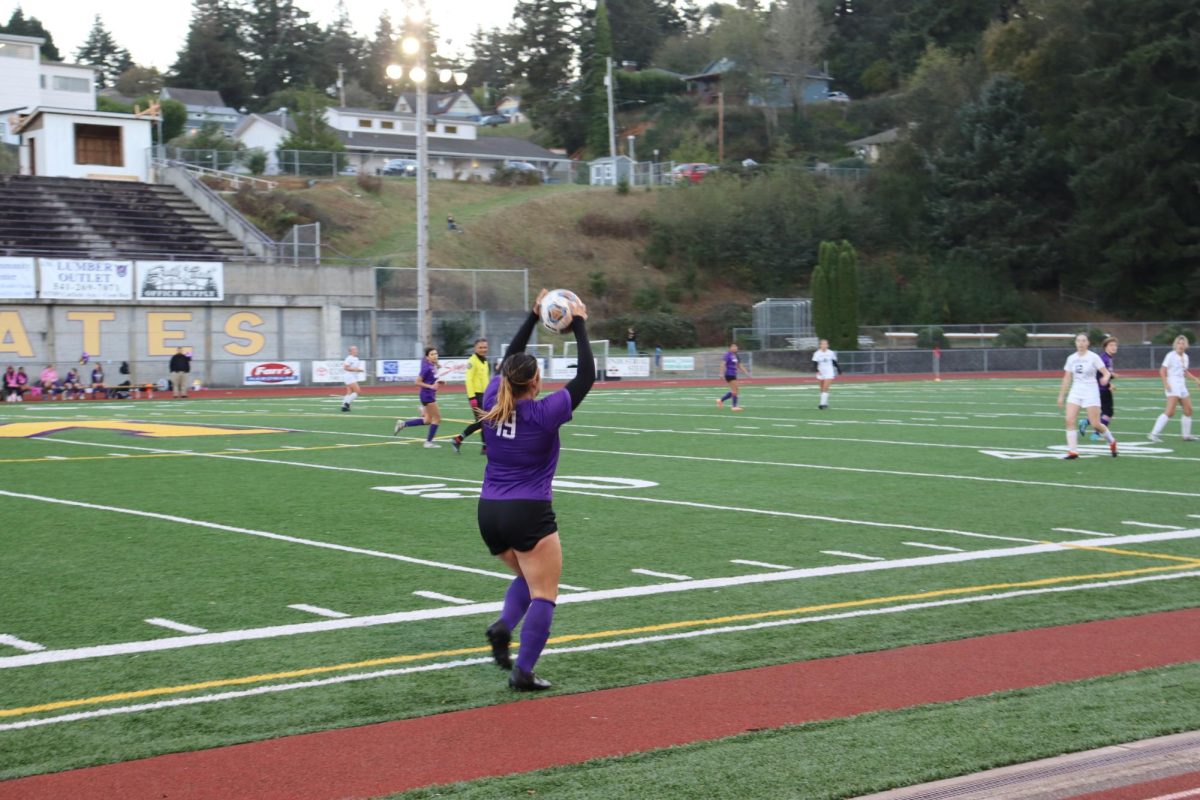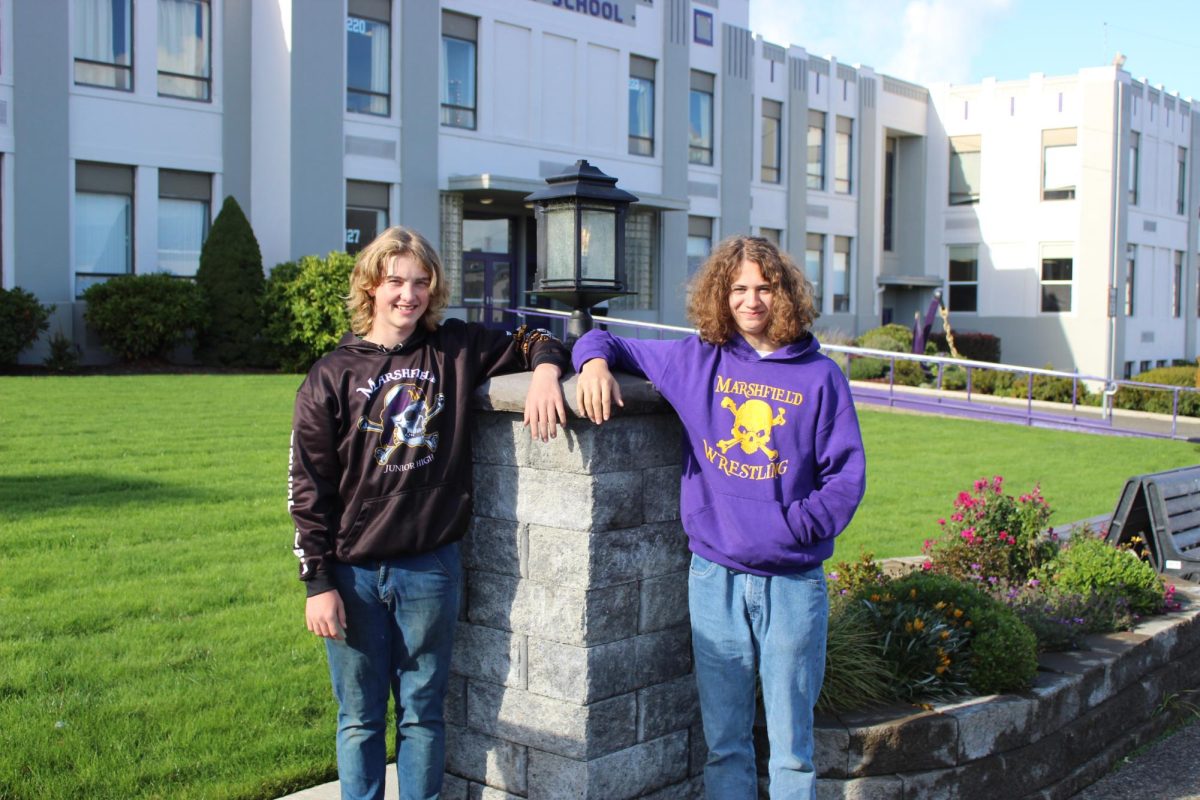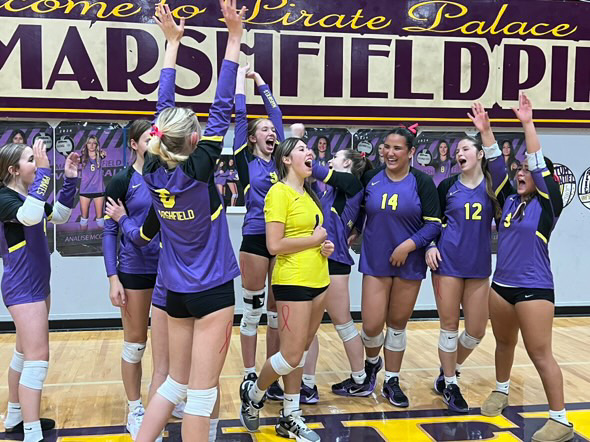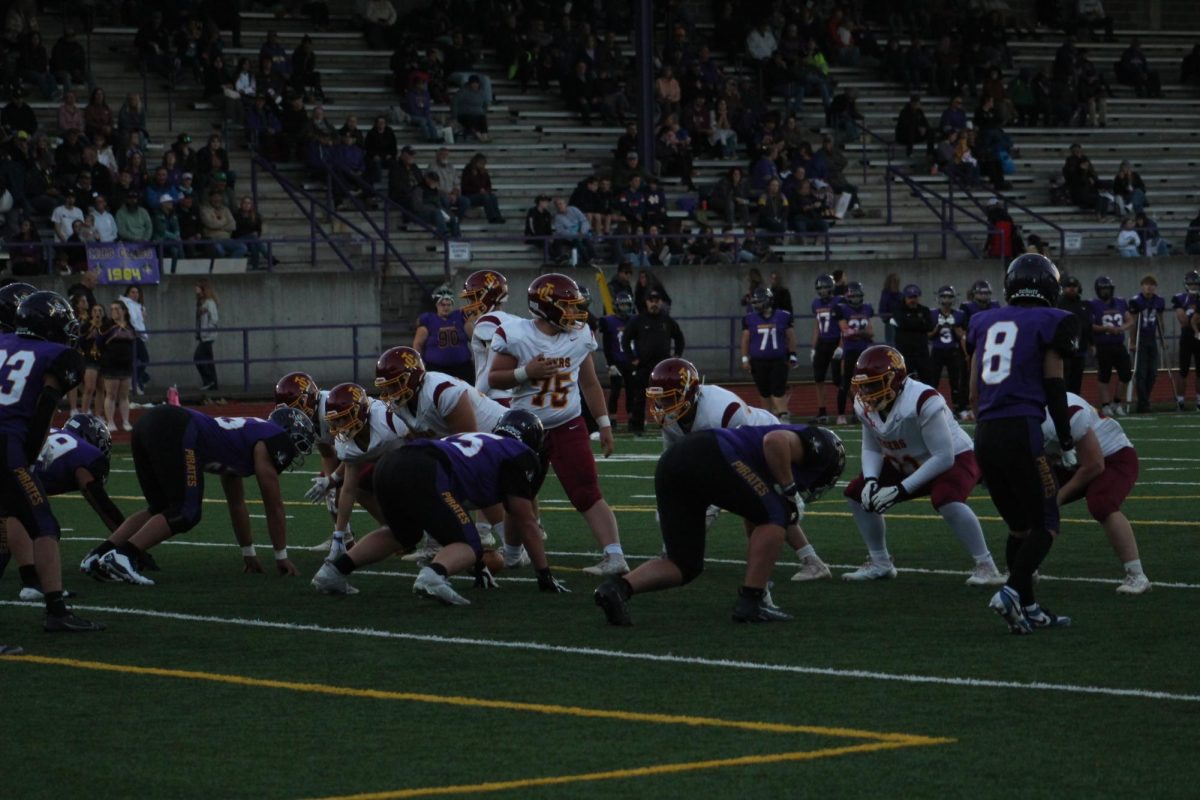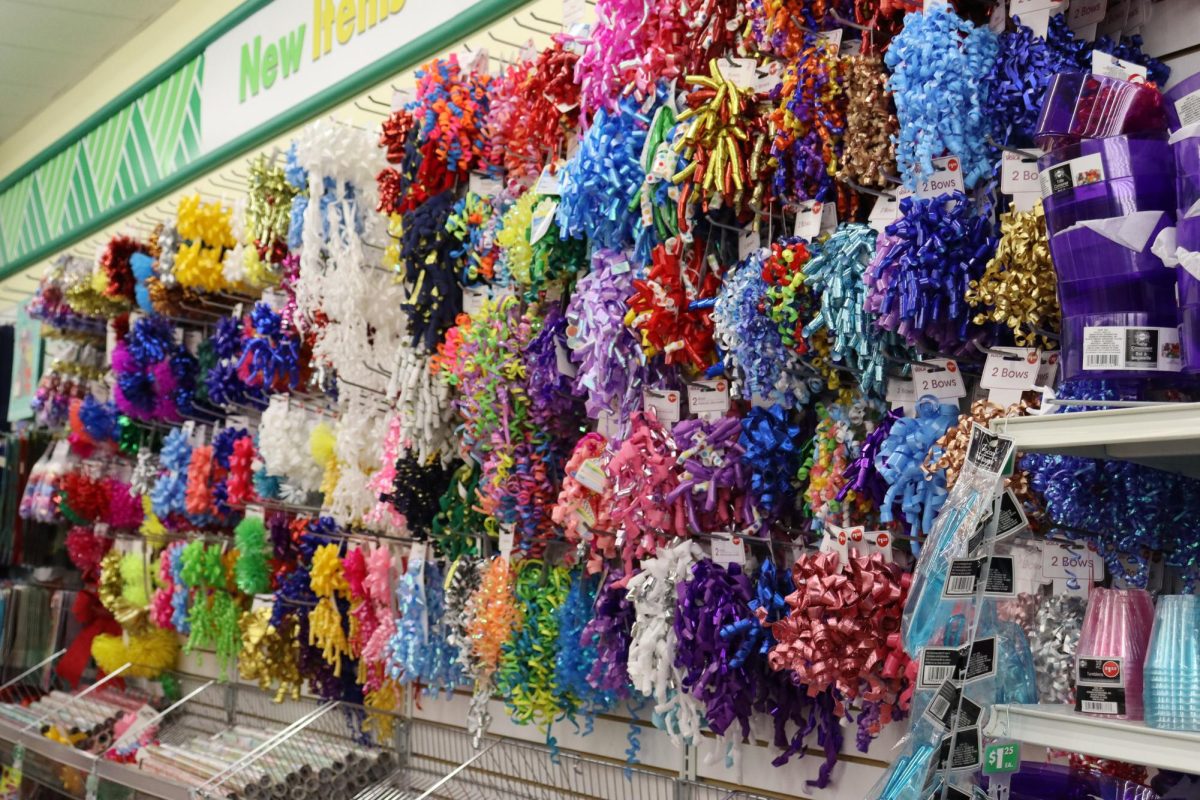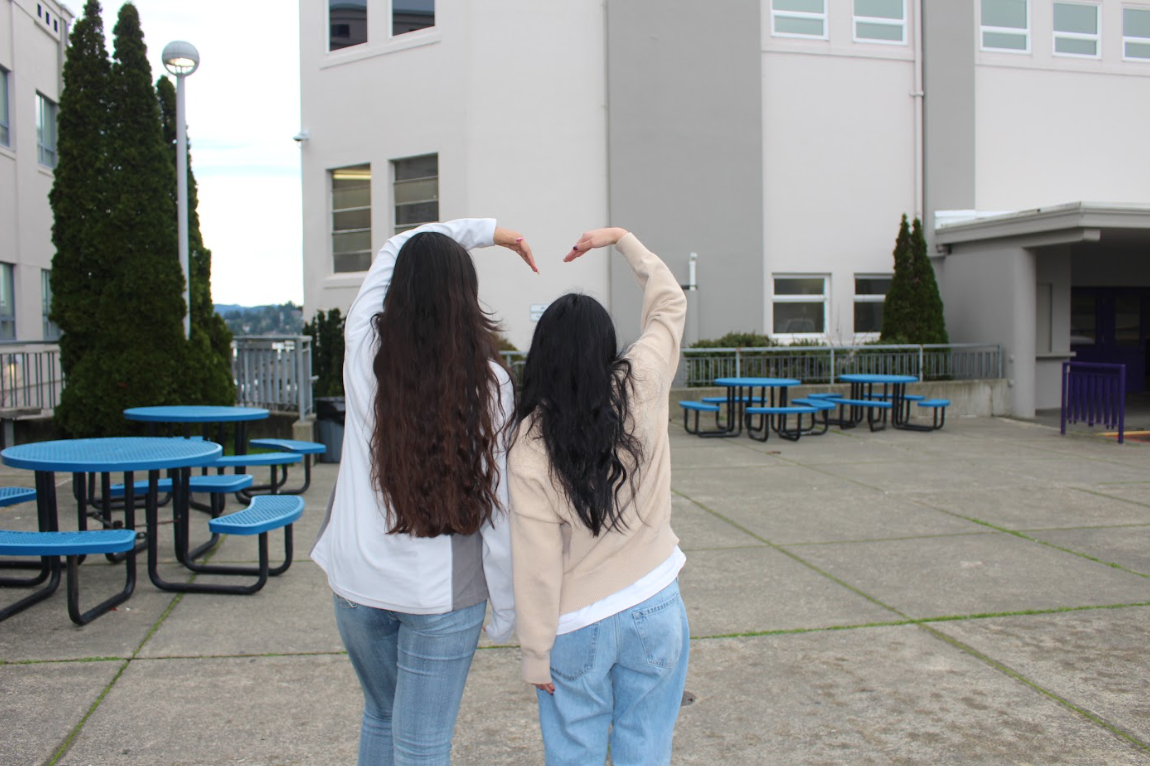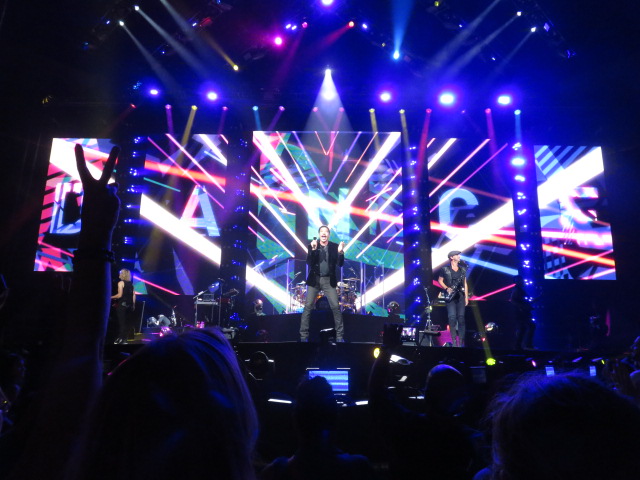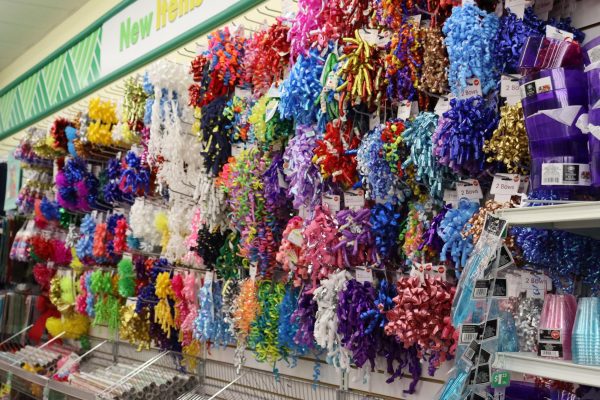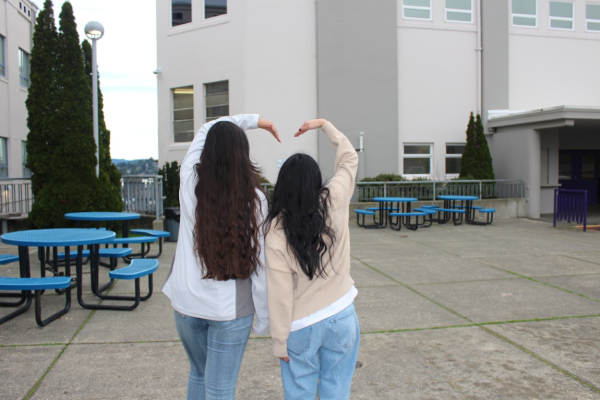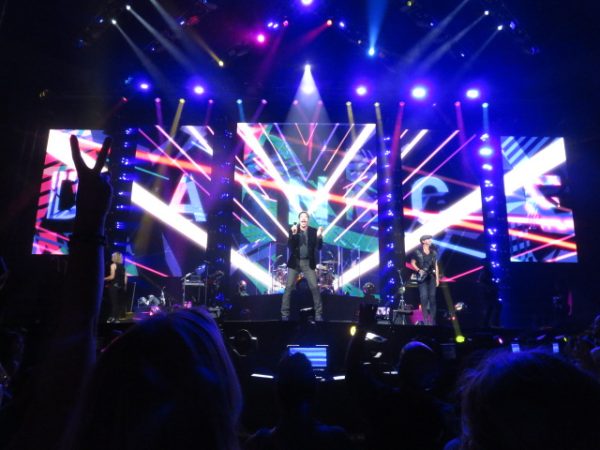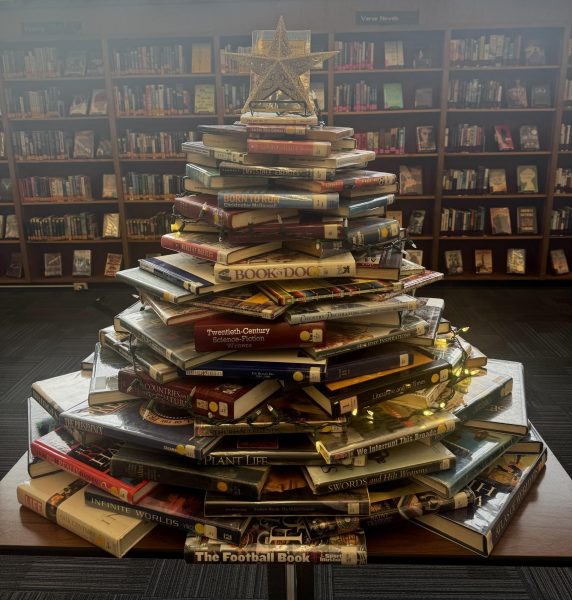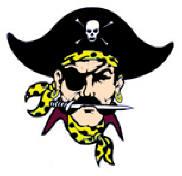The end of the iconic milk carton
For many generations students have enjoyed milk served with school lunches, in cute little milk cartons that even children can open with ease. However, in an effort to reduce waste in schools, these little cartons have been labeled a huge problem. Current trends aim to get rid of the iconic milk cartons in favor of bulk milk dispensers. According to wilderness preservation organization World Wildlife Fund, approximately 275 million milk cartons are passed out each day in the U.S. Not only are the cartons a source of unnecessary waste, but the milk itself is not always used. This mass amount of product is being distributed to kids only for them to throw away 45 million gallons per year.
The proposed bulk milk dispensers are large, reusable, plastic containers capable of holding three to five gallons of milk. When used properly, these are placed in the cafeteria in a location where students have access during meal times.Students will receive a reusable plastic cup with their meal trays and dispense their desired amount of milk. Many school districts in Oregon have already made the switch.
However, not everyone is excited for bulk milk dispensers. Opponents claim they may be messy or not store the milk at the proper temperature for safe consumption. Proponents are hopeful that schools can reduce their carbon footprint for future generations.
“Just seeing those little milk cartons reminds past generations of going to school,” said Marshfield High School health and P.E. teacher Cherie Godley.
The milk carton was invented in the early 1900s, and widespread use took hold after approximately 1920. Schools have been using milk cartons with school lunch for nearly a century.
“I think leaning towards more reusable stuff is a good idea,” said MHS freshman Mallory Edd, who takes a school lunch each day. “I think if the school really thought of the benefits this could have and how it could actually affect the environment it would be a great thing to invest in.”
While benefits of bulk milk dispensers include reduction of solid waste, and hopefully increased consumption of milk by students who use it the most, it does not come without a cost. It takes the average school with a population of 450 students approximately $12,000 in initial startup costs. This includes the reusable glasses and two milk dispensers. For a school such as MHS, one could expect to spend at least $20,000 in initial startup costs. Staff sould also need to adjust milk deliveries and provide new training for lunchroom staff. It should be noted, however, that over time the reusable containers can save a school district money, as there is less wasted product because the milk would only be accessed by those who really drink it.
The environmental effects cannot be denied. It takes carbon dioxide and gallons of water to produce milk. In addition, when milk is sent to landfills, it produces methane gas. All of these factors directly impact climate change. With 49.5 million students enrolled in k-12 schools, taking away the waste the milk cartons create would be similar to taking 145,000 gas-powered cars off the road. Reusable milk containers would reduce water usage and cut down on unnecessary pollution to the environment.
Whether or not Coos Bay School District will jump on the bulk milk dispenser train is yet to be seen. Lunch room staff seemed unaware of the current trends.
Your donation will support the student journalists of Marshfield High School. Your contribution will allow us to purchase equipment and cover our annual website hosting costs.
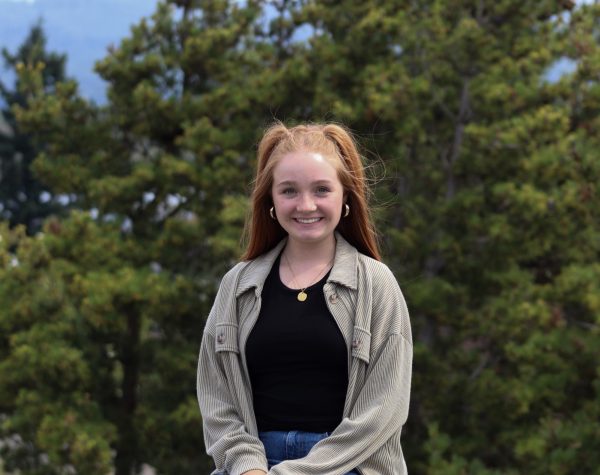
Junior Myla Johnson is a third year member of The Marshfield Times journalism staff and has taken on the role of Managing Editor this 2024-2025 school...

Junior Mahlia Black is a third year member of the Marshfield Times. This will be her first year as co-editor-in-chief. This is also her third year being...


